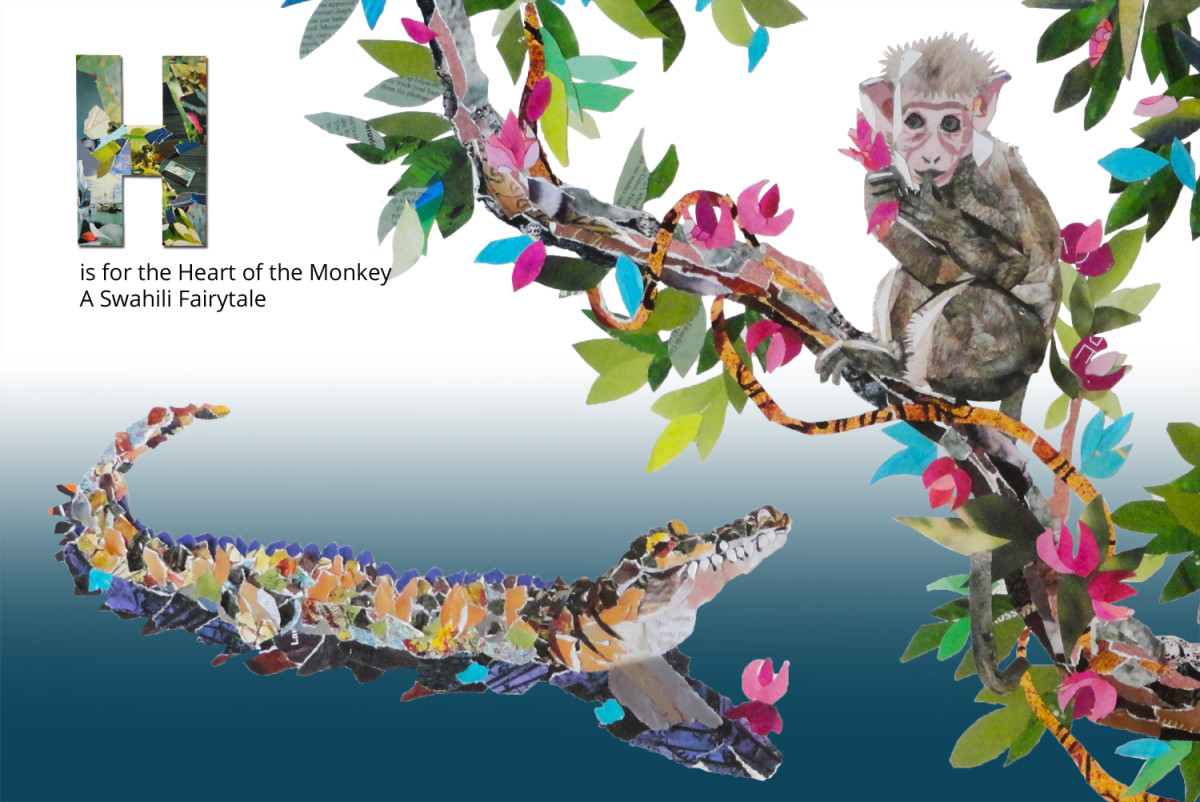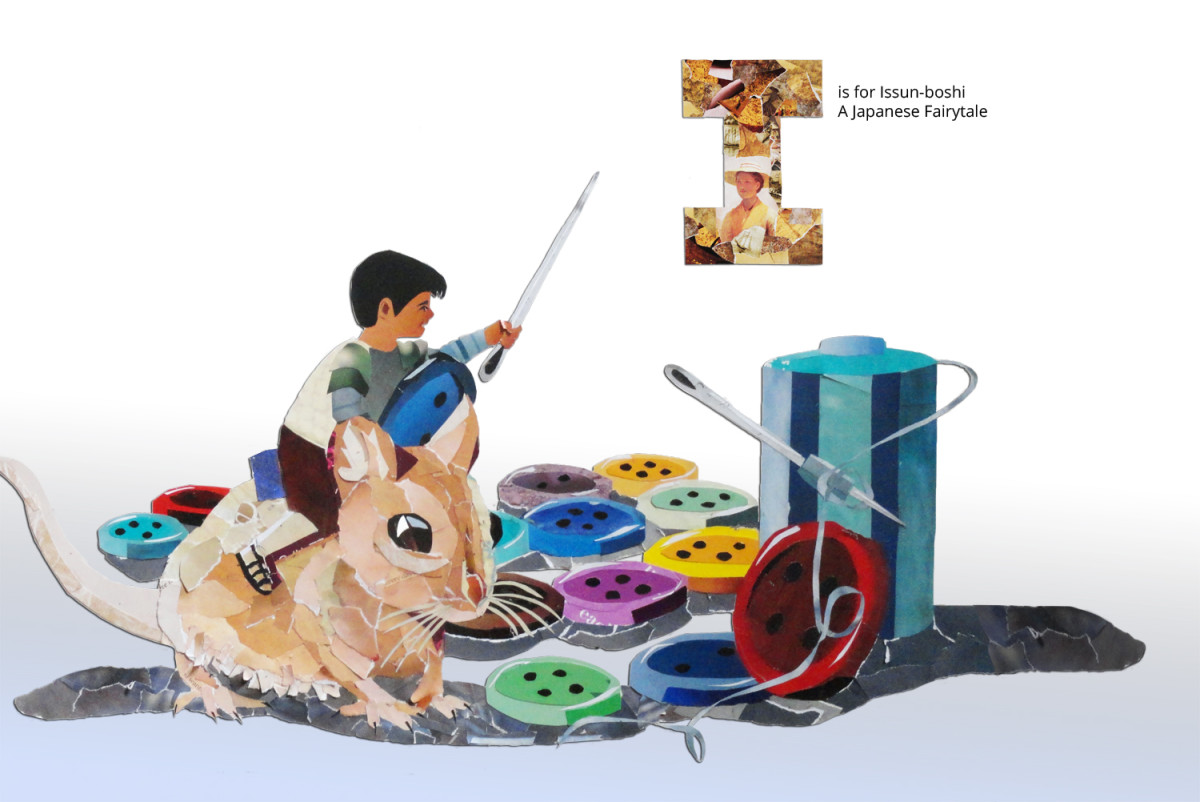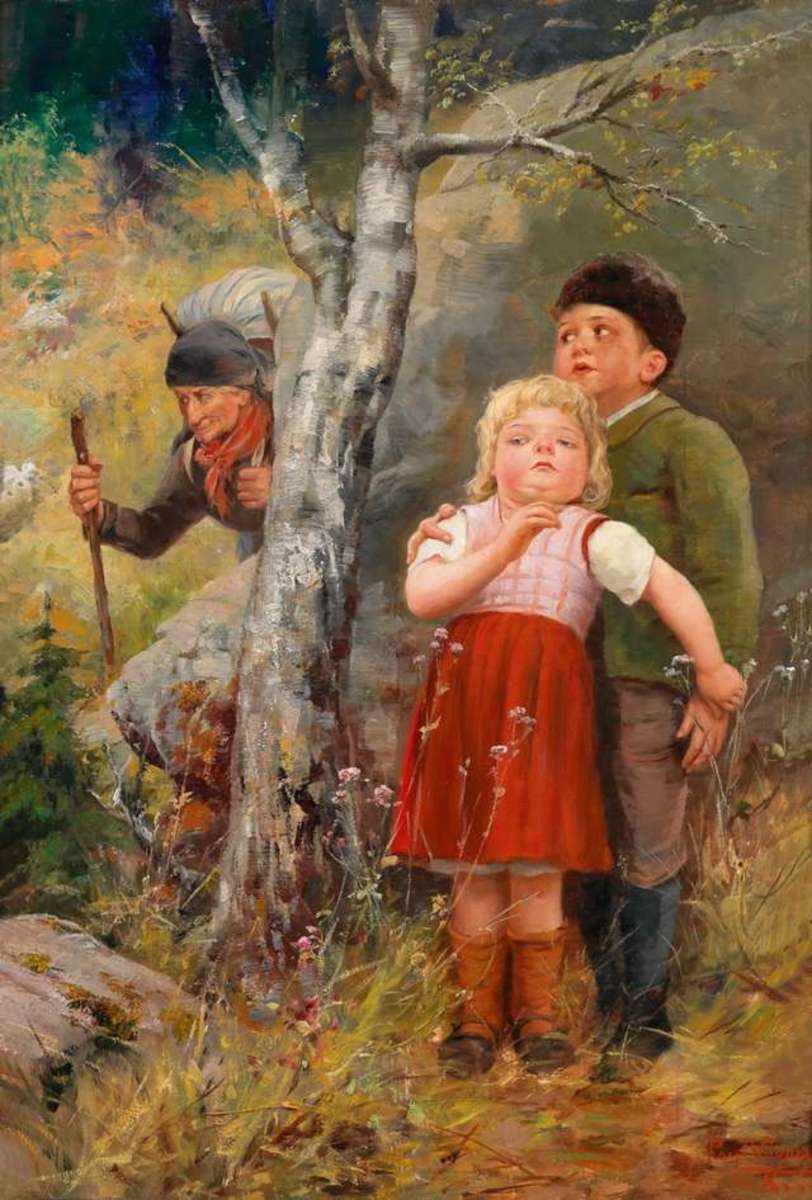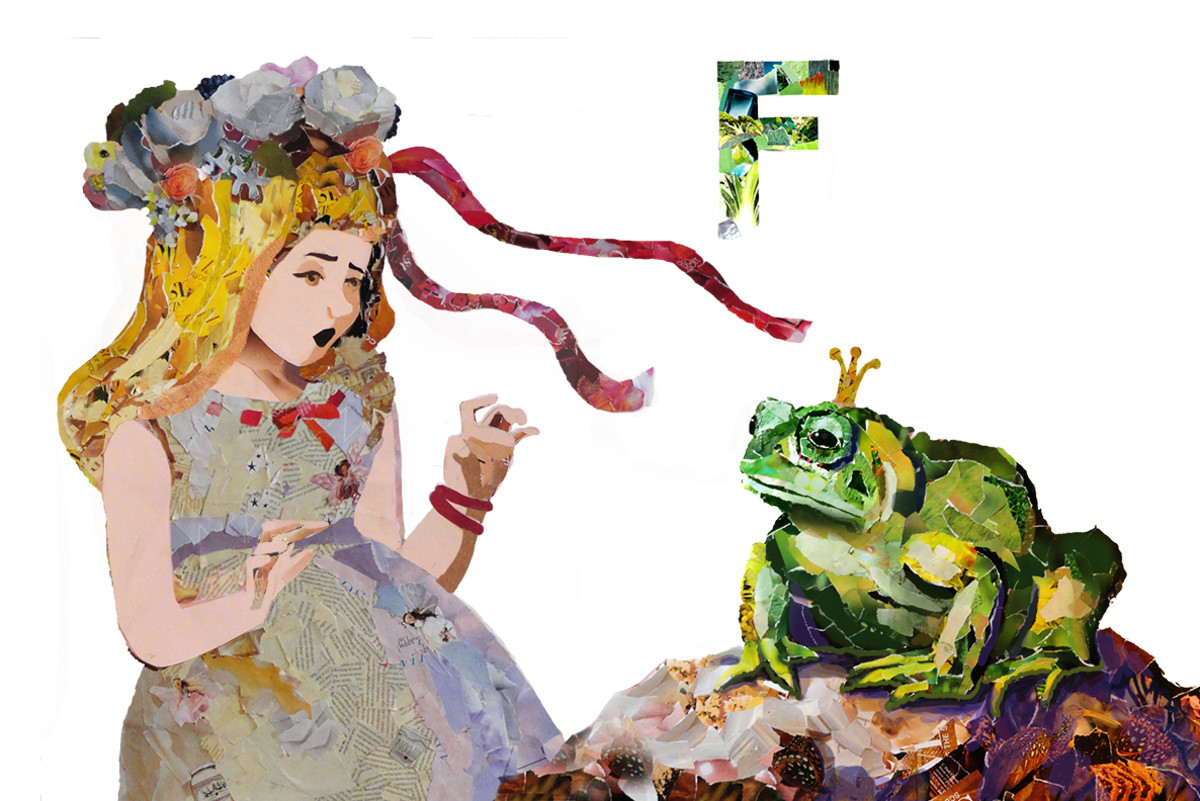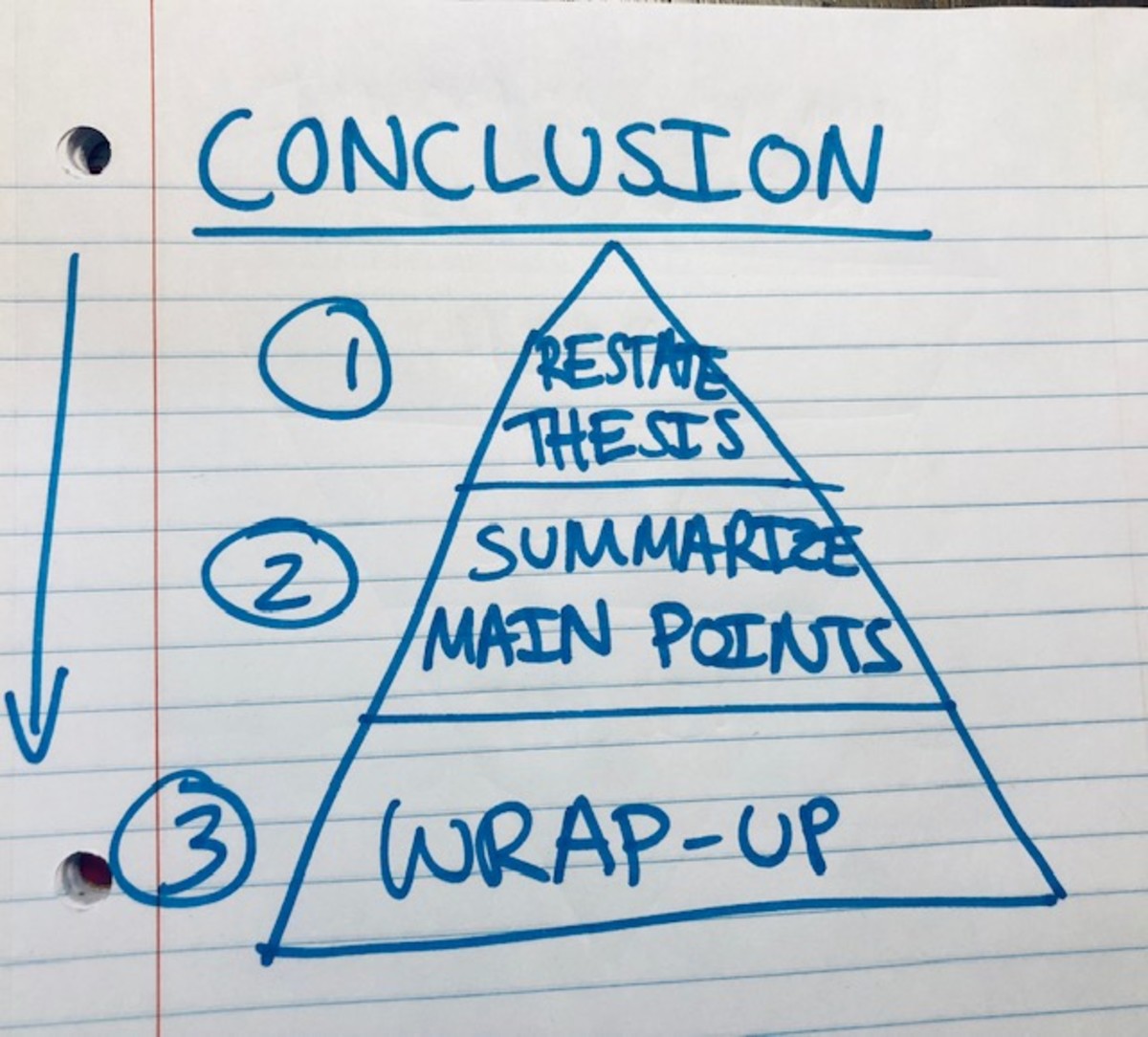Definition Essay Example: Once Upon a Time
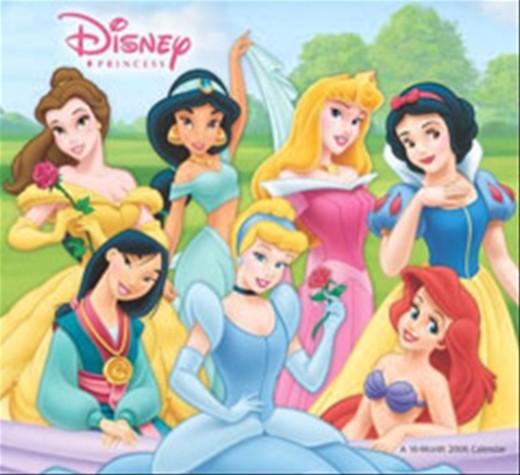
Once upon a time there lived a princess who was trapped in a castle. A brave prince came and rescued her from despair, and they lived happily ever after. Does that scenario sound familiar? The first word that generally comes to mind when a story like this is told is fairytale, “a made up story usually designed to mislead” (Webster’s, 2010). Fairytales can be understood in different ways, but there are two more popular ideas than the rest. Fairytales portray stereotypes and set standards for youths today. These stories are also associated with happy go lucky loves that last forever with no problems, which of course is not true.
The origin of the word fairytale is unsure, however it is known that Henry Walpole used it in 1749, and that tis the first it’s been heard of (Oxford English Dictionary, 2009). Fairytale has become quite a popular term in today’s society, especially for the youth. Even so, the term is not always an endearing one for it has negative connotations. “Fairytales about pretty princess winning Prince Charming are more harmful than parents might think,” says a Purdue University Sociologist. (Experts Say Fairy Tales Not So Happy Ever After, 2003). These stories tend to enforce stereotypes and set almost impossible standards for youths, especially girls, today.
These fairy tales emphasize how beauty plays a main role in achieving success and the best life possible (Experts Say Fairy Tales Not So Happy Ever After, 2003). But what of those who feel that their own looks do not meet those high expectations? Are they supposed to believe they cannot be successful due to their supposed lack of beauty? Fairytales also relate evil to unattractive or ugly people (Experts Say Fairy Tales Not So Happy Ever After, 2003). Is it okay to allow our children to judge others based on appearance? Is it okay to see someone, who they feel is ugly, as evil? A journal about children’s fairytales states, “Children’s literature is especially useful for studying value constructs such as the beauty ideal” (Sperry and Grauerholz, 2010, pg,4).
Fairytales seem to portray everything but the truth. There are other aspects to consider in these happily ever stories such as love, what love is and requires, and the effort put into making a successful relationship. No relationship is happy hunky-dory like in fairytales. In the book, The Love Dare, which is a book based on love, love is patient, kind, honorable, faithful, not selfish, not jealous, etc. (Stephen and Alex Kendrick, 2008). The book reveals how sacrifice is to be given and effort is required to making a happy ending. In order to receive, one has to give humbly first. In order to have a friend, one must be a friend first. In order to have love, one must show love first. Fairytales never include small details such as these. Many misleading stories encourage you to follow your heart, the very thing the Bible says is treacherous. This book follows along with the Bible and says, “You must take the view that instead of following your heart you are choosing to lead it… key to a lasting and fulfilling relationship” (A Love Dare, 2008, pg. VIII). Instead of allowing your heart to be overwhelmed with lust, jealousy, anger, and whatever other negative feelings, we want to control it and lead our heart to better qualities. Nowhere in fairytales does it speak of having to be nice or patient or kind. It simply speaks of having riches and beauty, and the rest is given to the person.
Though fairytales do have negative qualities, their preference far outranks those of others. They have existed for over 200 years, and it does not seem like they will be disappearing anytime soon. Hopefully children will grow to see the truth in these stories and to see that happiness does not come with a wish from a godmother or the click of your heels. Happiness and success depends on the effort put forth from the individual, something that is not taught in these happily ever after endings.

